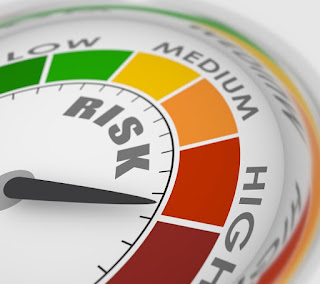Cyser is a mead made with apples, traditionally the apples would be pulped and pressed to extract the juice which could be added to honey to make the must.
Luckily you can skip all that if you don't have the equipment and simply use apple juice as you can when brewing a turbo cider so long as you use a juice with no preservatives that would inhibit the yeast.
Ingredients;
- 3lb (1.36kg) honey
- 1 US gal (3.8l) apple juice, if using store juice you will need to add tannin
- 1 teaspoon (5g) yeast nutrient blend
This ratio will produce 1 Imperial gallon (4.5l) of cyser with around 15% ABV.
The only equipment you need is a fermentation vessel but it's also a good idea to have a hydrometer and trial jar to determine the alcohol content, this kit from amazon is great;
As I don't have a fruit press I use store bought juice so I start by putting a tea bag in a cup and adding boiling water to steep for my tannin but you can use powdered tannin instead.
Then I add the honey to my fermenter, my honey was in 720g bottles so I used two which is slightly more honey than necessary, and half of the apple juice.
Shake or stir vigorously to ensure it is thoroughly mixed, this also adds oxygen to the must which the yeast requires.
Then add the cup of tea or tannin powder and the remaining apple juice, ensuring that you have some space remaining in the top of your fermentation vessel to account for the foam produced during fermentation.
At this stage you can take an initial gravity reading with a sample of the must in your trial jar if you want to know the alcohol content of your cyser later on.
Seal the fermentation vessel and set the must aside somewhere warm for a couple of hours so that it reaches the correct pitching temperature for the yeast of 68-77°F (20-25°C) then add the yeast and shake or stir before fitting the airlock.
Within a few hours you will see bubbles of carbon dioxide passing through the airlock, this will continue for a couple of weeks by which time it will slow and eventually stop and you can rack the cyser into a new sterile container leaving most of the sediment behind.
Place this somewhere cool for a week or two until it clarifies and you are able to siphon it into bottles and take a second gravity reading to calculate the ABV.
At this stage it is complete and you could drink it but its flavour will improve over time so you should wait six months or more for it to condition, patience is a virtue when brewing mead. 🍻
Take care,
Roo






















